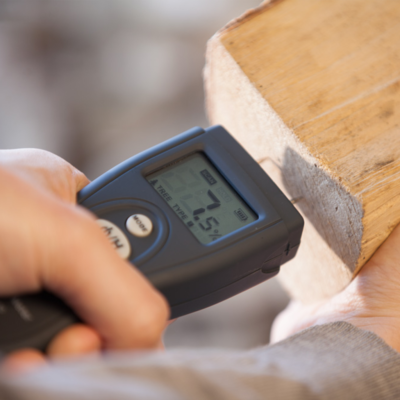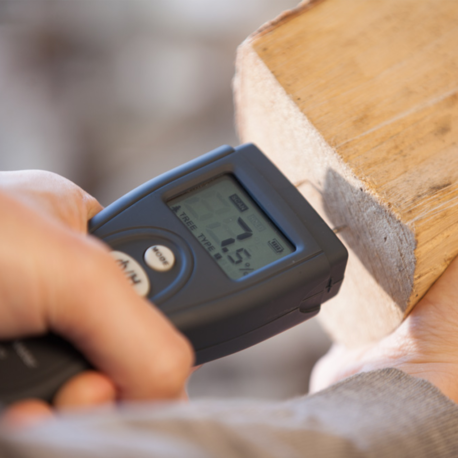The Right Fuel & Considering the Environment
On the 22nd May the Environment Secretary Michael Gove published a Clean Air Strategy which aims to cut air pollution backed up through new primary legislation.
The new strategy, which is now out for consultation, is a key part of Defra’s 25 Year Plan to leave our environment in a better state than we found it. 
Stove Industry Leaders have all been consulting with Defra for some time now and once again Defra (Department of Environment & Rural Affairs) has clarified they are NOT looking to ban stoves. (HETAS 1st June 2018)
Additionally, a recent study from Kings College London has shown that across the country particle matter (PM) from wood burning is going down, even with increasing stove sales.
The main reason given for drop in emissions is the replacement of open fires and older stoves with more modern appliances, that produce lower amounts of particle matter, (PM 10 and PM 2.5). The study, headed by Dr.Gary Fuller looked at the wood burning emissions across most of the main cities in the UK between 2009 and 2015. Most cities showed a decrease in emissions over the period.
A modern approved & efficient stove can reduce PM emissions by 90% compared to an open fire.
The outcome of the study reflects the fact that only DEFRA Exempt stoves, with emissions that meet strict DEFRA limits on emissions can be installed in smoke control areas. The reduction may not have been as great as we would all have liked but the decrease in emissions is partly offset by the continued use of open fires to burn wood.
Although burning wood in an open fire is not permitted under the Clean Air Act, 70% of the wood burnt in London is on an open fire. Burning wood on an open fire is the worst way to burn wood, both from point of view of heat generated and the emissions produced, compared to an efficiently designed and approved wood burning stove.
The most important factor is the quality of the fuel burned, and for an efficient wood burner, the starting point is the water content of the wood. Freshly cut wood can have a water content as high as 90%. Remarkably, and if used in a stove it will amount to burning water, producing steam and smoke and little heat.
Freshly cut wood should be left to dry and season for one or two years.
Alternatively, seasoned wood can be bought from a wood supplier. 
We recommend kiln dried wood, and with a moisture content of less than 20%. The moisture content of seasoned logs can vary with average moisture contents between 30% and 50%. Users should be encouraged to purchase a moisture meter. This will help users gauge when wood is ready to be burnt.
Lighting a stove is the most crucial phase. Overloading the stove with logs or using wet wood can generate excessive smoke. Lighting the fire is simple so long as a few basic rules are followed.
* Start by fully opening the Primary and Air Wash controls on the stove.
* Build the fire slowly.
* Start with dry kindling and add dry logs as the fire catches.
* Leave the door open until the fire is established.
* Then close the door and the Primary Air Control and use the Air Wash to regulate the fire.
Following these simple rules will have a significant impact on the emissions produced. We, like most stove manufacturers, have clear guidelines and videos showing how to burn wood in our stoves.
